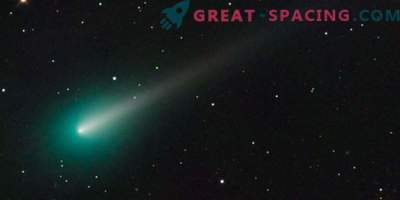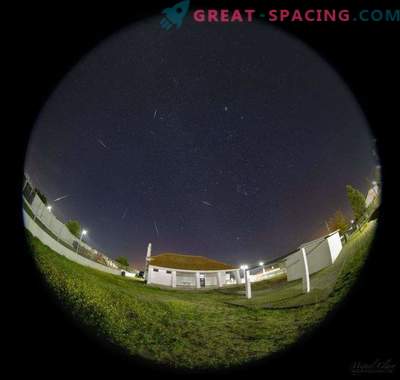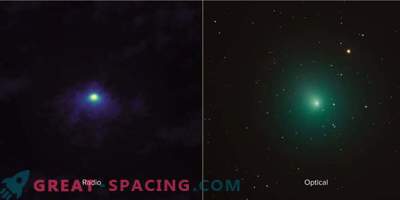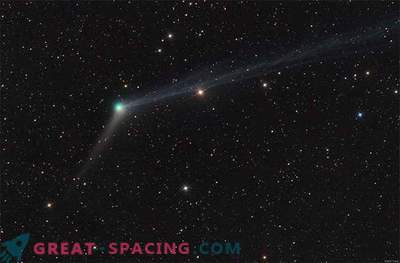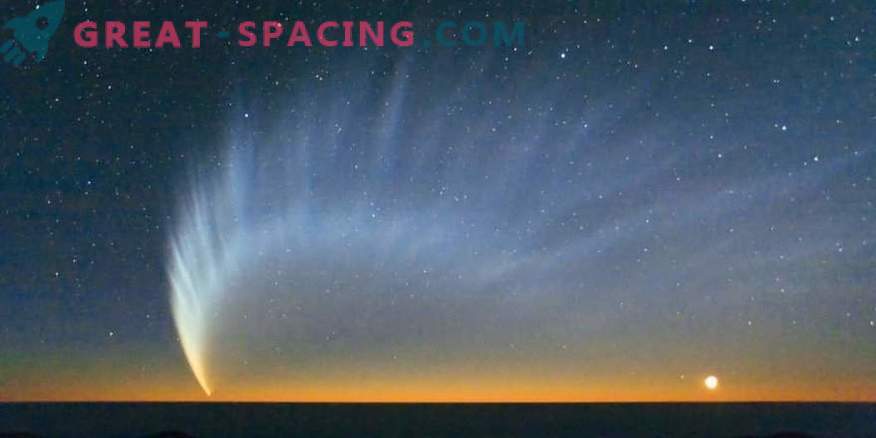
It is not known how the fate of the astronomer Charles Messier would have been, if at the age of 13 he had not noticed an unusual comet in the sky. She was bright, beautiful and with ... six tails?
Big Comet
Cheso Comet (C / 1743 X1 or the Great Comet of 1744) was first observed at the end of November 1743. She was separately observed by Jan de Munk, a week later got into the review of Dirk Klinkenberg, and already on December 13, Jean-Philippe de Heuzo admired the bright object, after whom they named the comet.
With an absolute magnitude of 0.5 and visible at -7, it could be observed for several months without using magnifying devices. The object increased in brightness as it approached perihelion, and on December 18, 1744, the comet became as bright as Venus in the sky. At that time, scientists noted the presence of a double tail.
Six tails in the sky
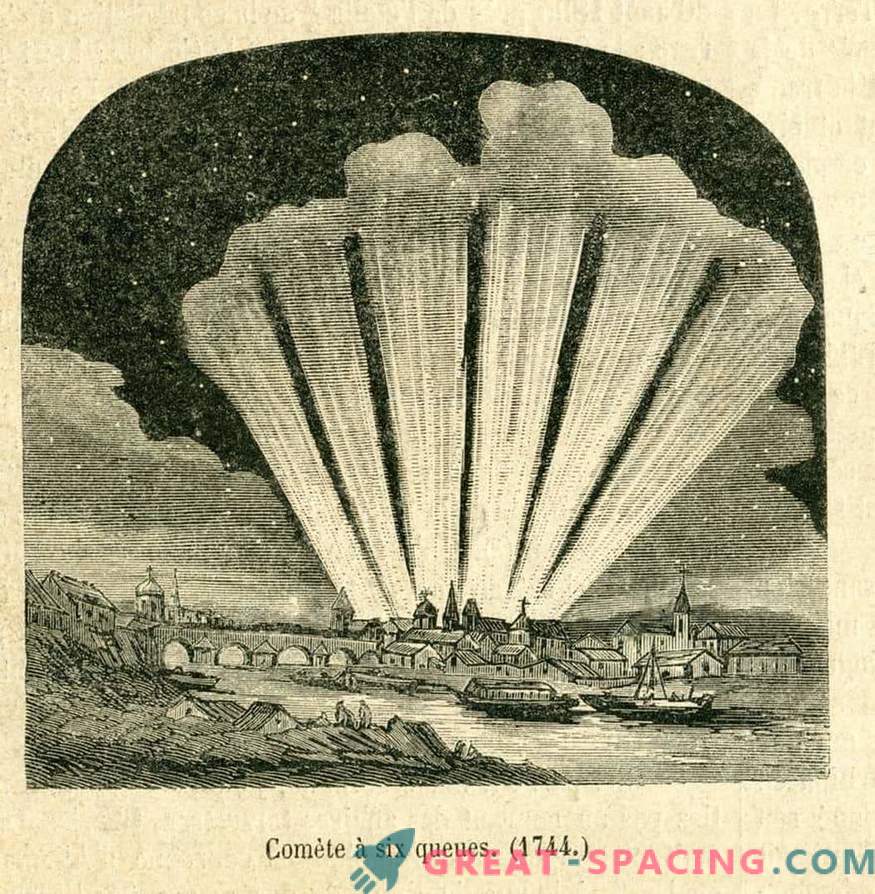
The comet reached the perihelion point on March 1, 1744, when the distance between the object and the Sun was only 0.2 a. e. At that time, it was so bright that it was observed during the day.
As the perihelion moved away from the perihelion, Comet Shezo began to show strange behavior. Her head was no longer visible, but the sky was decorated with an unusual tail of six light streams. Jean-Philippe de Cheesau wrote:
“After the comet had passed the perihelion point, it developed an impressive multiple tail, which rose well above the line of the morning horizon in a dark sky while the head remained below the horizon. The tail formed a giant fan consisting of 6 rays. ”
It is worth noting that astronomers have previously seen comets with several tails, but for the first time their number was six. It was assumed that there are three active sources in the cometary nucleus that are exposed to solar radiation during the rotation of the nucleus and generate fan-shaped tails.
Postscript
The riddle of the six-tailed comet was never revealed. Jean-Philippe de Cheesau became the last known observer who monitored the activity of the object in the northern hemisphere. But the inhabitants of the southern hemisphere followed its passage until April 22, 1744.
Found mention of the comet Shezo in Chinese records, where they mentioned the presence of strange sounds. If so, then we are talking about the contact of the particles of the comet with the earth's magnetosphere. Charles Messier, upon seeing the comet, devoted them to the search for the rest of his life. They also say that Catherine II saw the six-headed miracle when she was heading to Russia to get married.




